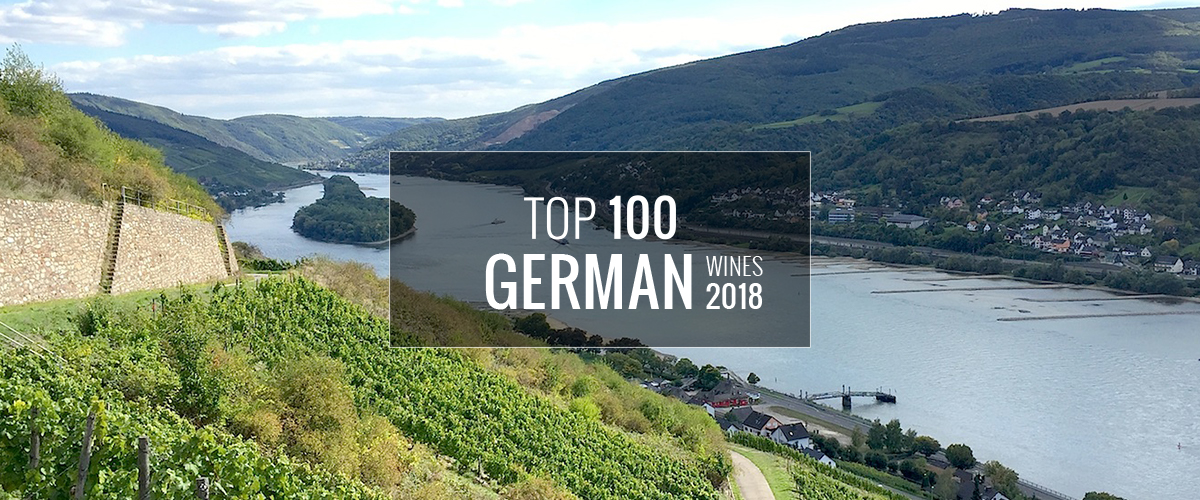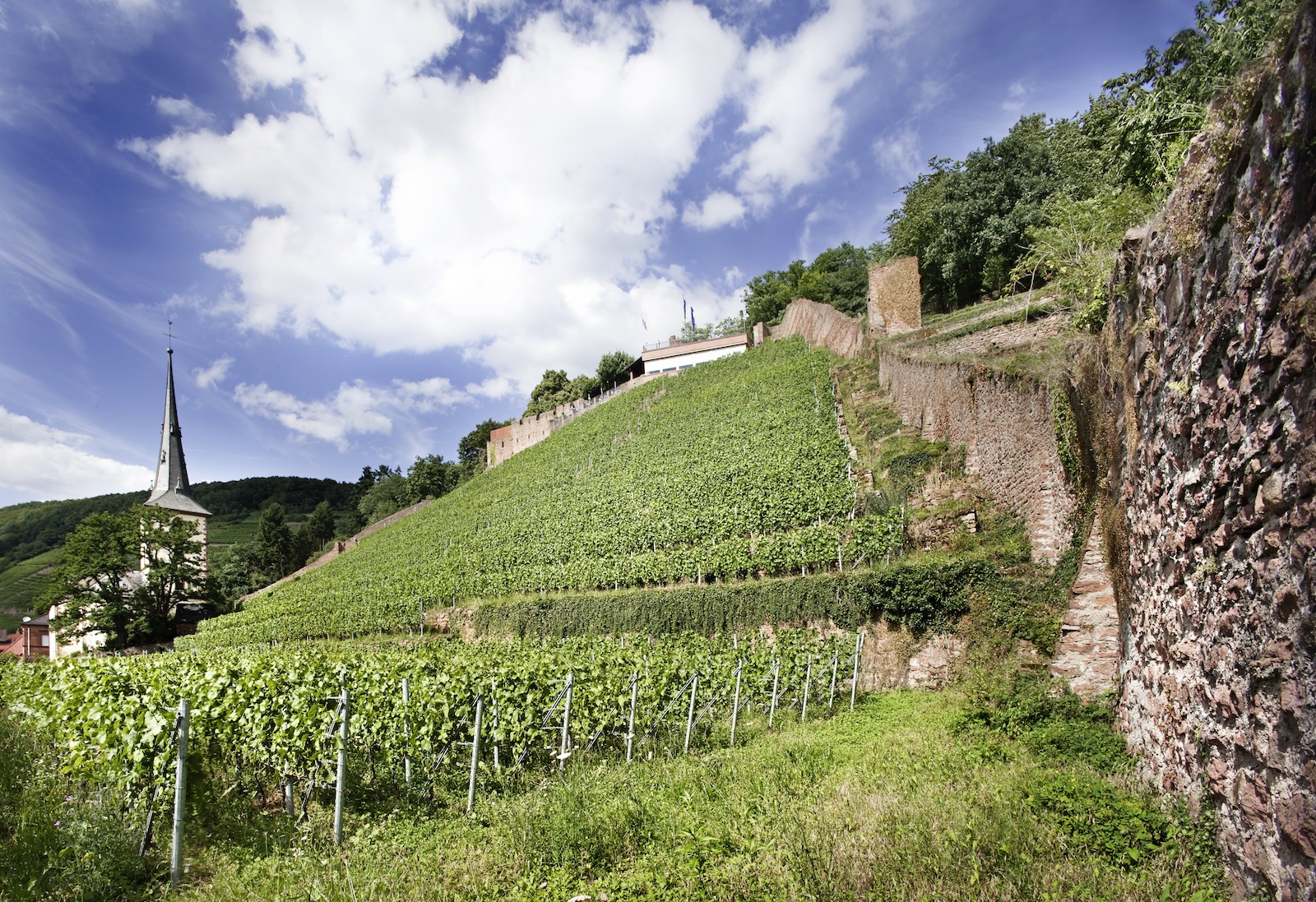
This was a great year for German wines, but also one dogged by problems. The most important news is the sensational quality of the best dry rieslings from the 2017 vintage. Nine of the top 10 places in our list of best German wines for 2018 go to wines in that category, all rated 98 points or higher.
The Dellchen GG 2017 from Dönnhoff in the Nahe region with a perfect 100 points is the best wine from the best vintage for dry Riesling in Germany in modern times. Winemaker Cornelius Dönnhoff’s masterpiece marries mind-blowing concentration and brilliance with enormous minerality, pushing the 2017 vintage to its limits.

Steffen Christmann, owner of Christmann estate in Pfalz, who’s Riesling Pfalz Idig GG 2017 is our number 2 German wine of 2018.
Not every wine in the top 10 is from famous producers though. The breathtakingly beautiful Schönell GG 2017 from Prinz made 5th place with 99 points and the super-mineral Krone trocken 2017 from Eva Fricke made 6th place with 98 points. Both of these rising winemakers are based in the Rheingau, a region dogged by quality issues during recent decades. Clearly something has changed there for the better.
The challenge the best German wines of 2018 had to overcome was the combination of spring frosts and late summer hail that devastated the size of the 2017 crop in many places. This means many wines that would have qualified for this list in a normal year, for example most of the amazing dry Riesling GGs from Keller in Rheinhessen, didn’t this time because quantities were so small you would have great difficulty tracking them down.
Our Top 100 lists are not designed to frustrate you, rather to point you in the direction of the most exciting wines currently available in the market. Of course, this is a bitter pill for the affected producers, also in terms of reduced sales and income. Germany may be one of the main beneficiaries of climate change, but that doesn’t mean the weather no longer throws rocks into the road for the winemakers!
Another striking feature of this year’s list is the handful of reds from the spätburgunder, aka pinot noir, grape of the 2015 vintage, most notably the super-concentrated but equally refined Schlossberg GG 2015 from Bernhard Huber in Baden that took 8th place with 98 points.

Schlossberg GG in Franken.
The Schlossberg GG 2015 from Fürst in Franken (from a completely different vineyard to Huber’s, also called Schlossberg) that placed 17th, the Spätburgunder 2015 (labeled “Pinot Noir”) from Shelter Winery in Baden in 19th position and the 2015 Spätburgunder Pinot Noix (yes, that really is the name!) in 22nd place are all stunningly distinctive expressions of this grape that rated 96. Try putting them up against top red Burgundies costing several times their comparatively friendly prices to see what we mean.
There’s even more value to be found in the dry riesling category. This is partly the result of improved viticulture and selective harvesting, but the excellent ripening conditions in 2017 (the fine fall stretched into late November) combined with the small crop also played an important role in cranking up the quality.
Some wines below the single-vineyard category that we normally expect to rate 91 or 92 scored a couple of points higher as a result. Look out for dry rieslings like the Magic Mountain 2017 from Leitz in the Rheingau and the Haardt 2017 from Müller-Catoir in the Pfalz that both rated 94 and took 85th and 84th positions in our Top 100 German Wines of 2018. — Stuart Pigott, Senior Editor

